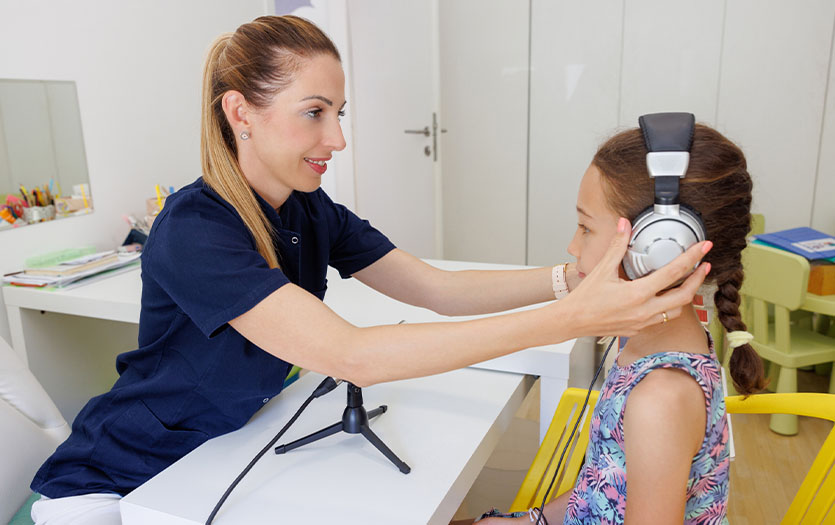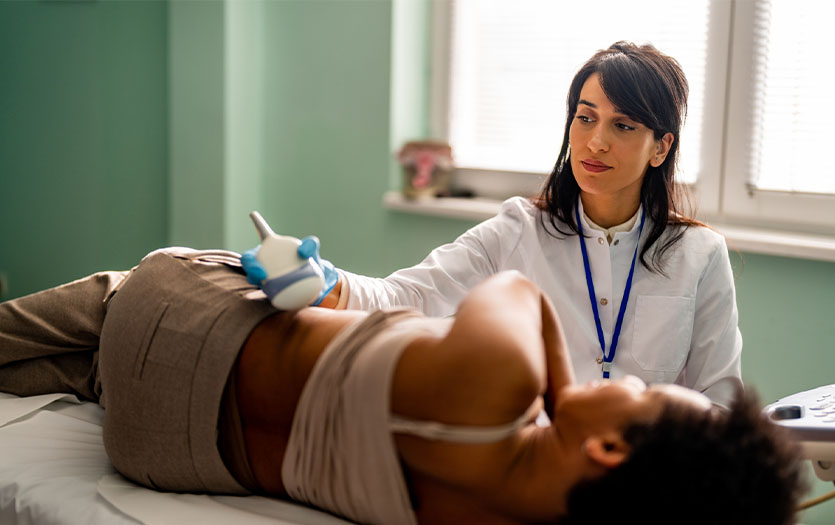
This post was written by Charlene Cordes, MA, CCC-A, Audiologist, Parkview Health.
Auditory processing disorder (APD) is a condition that affects how the brain processes what the ears hear, even when they are functioning normally. While APD can affect individuals of all ages, it is most commonly seen in older adults and children, impacting approximately 3-5% of the pediatric population. This condition can make communication, learning and daily interactions challenging. Although there is no cure for APD, with the right approach and support, individuals–especially children–living with it can develop strategies to manage their symptoms and flourish in their environments.
Symptoms
The signs and symptoms of APD can vary from person to person and may not be obvious, but here are some things parents can watch for:
-
Difficulty understanding speech, especially in surroundings with background noise, such as a busy classroom or crowded space
-
Challenges with following multi-step directions
-
Struggling with spelling, writing and reading
-
Misunderstanding jokes or figurative speech
Diagnosis
APD can be associated with or appear similar to other conditions such as ADD/ADHD, autism, speech and language disorders, and other learning disabilities. Because of this, it's vital to obtain an accurate diagnosis from an audiologist.
The screening process for APD often involves establishing a case history or completing a questionnaire to gather detailed information about the child's hearing and communication difficulties. This is followed by testing for normal hearing to rule out hearing loss.
APD-specific assessments may include:
-
Figure-ground (listening in noise) – The ability to differentiate foreground from background sounds
-
Temporal (timing) – The ability to distinguish between speech sounds ("mat" versus "pat") and intonation or pitch (statement versus a question)
-
Dichotic (two-ear) listening – The ability to process different sounds presented simultaneously to each ear.
Treatment
Various strategies and therapies can be employed to help manage APD effectively. Early interventions in the learning environment can significantly improve outcomes for children with this disorder, such as:
-
preferential seating in the classroom
-
remote microphone to raise the teacher's voice over the competing classroom noise
-
visual aids or written instructions
-
therapy to work on specific auditory skills
For additional support at school, consider speaking with your child’s teacher or principal about creating an Individualized Education Plan (IEP).
Implementing these approaches outside the classroom can further your child’s ability to manage APD symptoms in their daily routine. When at home:
-
reduce background noise
-
make eye contact with your child when speaking to them to give visual cues
-
simplify and clarify directions
-
ask your child to repeat what was said to make sure they understood
-
use visual aids such as charts, calendars or checklists
Final thoughts
The auditory system continues developing and doesn't mature until approximately 13 or 14 years old. Early identification of auditory processing disorder and the timely implementation of targeted strategies are essential in preventing the potential adverse effects of this condition.
Children can receive screening for APD at Parkview Pediatric Rehabilitation. If your child is displaying signs of APD, speak with their pediatrician or primary care provider for a referral. To qualify, they must:
-
be at least seven years old
-
have normal hearing
-
possess normal speech and language abilities
-
demonstrate normal intelligence
If further diagnostic testing is required, our team of pediatric therapists can provide resources for additional specialists in the area. For more information on audiology services, call Parkview Pediatric Rehabilitation at 260-373-7925.



